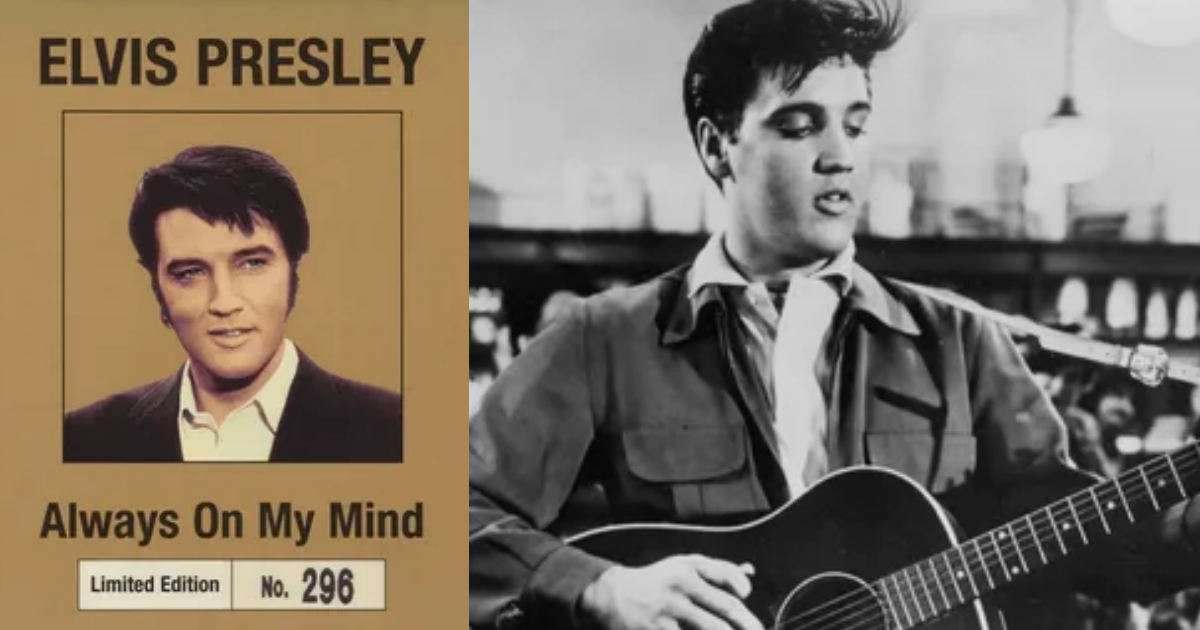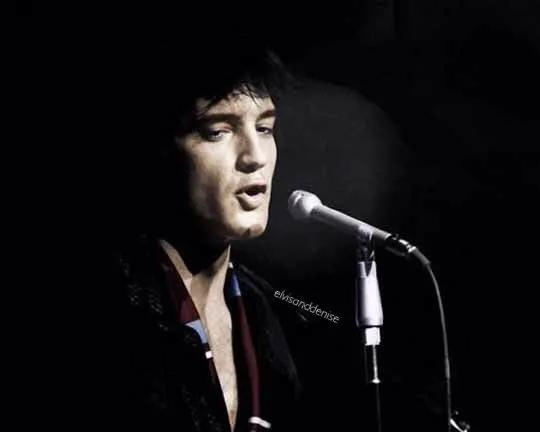"What'd I Say" by Ray Charles is not just a song; it is an anthem that transcends the boundaries of musical genres, blending rhythm and blues, gospel, and rock and roll into a groundbreaking masterpiece. Released in 1959, this song not only marked a significant point in Ray Charles's career but also in the evolution of American music. Through its infectious rhythm, improvisational brilliance, and emotional depth, "What'd I Say" serves as a powerful testament to the genius of Ray Charles and the universal language of music.
At its core, "What'd I Say" is a conversation—a dialogue between Charles, his piano, the Raelettes (his backup singers), and the audience. The song's structure is innovative for its time, starting with a distinctive electric piano intro followed by a call-and-response pattern that engages listeners directly. This interactive element was inspired by Charles's live performances, where the energy between the performers and the audience created a dynamic and spontaneous musical experience.
Lyrically, the song does not convey a complex narrative; instead, it focuses on the feeling and the moment. The simplicity of the lyrics, "What'd I say, Tell me what'd I say," combined with the passionate delivery, captures a sense of immediacy and emotional intensity. This emphasis on feeling over storytelling is a hallmark of Ray Charles's music, which often blurs the lines between the sacred and the secular, especially through its gospel influences.
Musically, "What'd I Say" is a marvel of rhythm and improvisation. The song's beat is irresistible, compelling listeners to move, which was somewhat controversial at the time due to its perceived sensuality. Charles's piano playing is both intricate and driving, laying down a groove that is both sophisticated and accessible. The interplay between the piano, the drums, and the saxophone creates a rich texture that is further enhanced by the call-and-response vocals.
The impact of "What'd I Say" extends far beyond its immediate success. It played a crucial role in breaking down racial barriers in music, as it was embraced by audiences across racial lines. The song's appeal helped to pave the way for the integration of African American music into mainstream American culture. Additionally, its fusion of genres anticipated the musical innovations of the 1960s and beyond, influencing countless artists and shaping the sound of modern music.
Enjoy the immortal melody of Ray Charles song "What'd I Say" here:
In conclusion, "What'd I Say" by Ray Charles is a seminal work that captures the essence of American music at its best. It stands as a testament to Charles's genius and his ability to connect with listeners on a profound level. Through its blend of rhythm and blues, gospel, and rock and roll, the song not only broke new ground musically but also played a significant role in the cultural and social dynamics of its time. "What'd I Say" remains a timeless classic, as vibrant and compelling today as it was when it first captivated audiences over six decades ago.
ELVIS PRESLEY “What'd I say” - ELVIS PRESLEY
The king of rock has performed covers of "What'd I Say" in several live performances, creating excitement and dynamism in his concerts.
Sing along with the lyrics:
Hey mama, don't you treat me wrong
Come and love your daddy all night long
All right now, hey, hey, all right
See the girl with the diamond ring
She knows how to shake that thing
All right now, hey, hey, hey, hey
Tell your mama, tell your pa
I'm going to send you back to Arkansas
Oh yes ma'am
You don't do right, don't do right
When you see me in misery
Come on baby see about me
Now yeah, all right
All right, oh, play it boy
When you see me in misery
Come on baby see about me
Now yeah, hey hey
All right
See the girl with the red dress on
She can do the Birdland all night long
Yeah yeah, what'd I say
All right
Well, tell me what'd I say
Tell me what'd I say right now
Tell me what'd I say
Tell me what'd I say right now
Tell me what'd I say
Tell me what'd I say
And I wanna know
Baby I wanna know right now
And I wanna know
And I wanna know right now yeah
And I wanna know
Said I wanna know, yeah
Hey (hey) ho (ho) hey (hey) ho (ho) hey (hey) ho (ho)
Oh one more time (just one more time)
Say it one more time right now (just one more time)
Say it one more time now (just one more time)
Say it one more time yeah (just one more time)
Say it one more time (just one more time)
Say it one more time yeah (just one more time)
Hey (hey) ho (ho) hey (hey) ho (ho) hey (hey) ho (ho)
Ah, make me feel so good (make me feel so good)
Make me feel so good now yeah (make me feel so good)
Woah, baby (make me feel so good)
Make me feel so good yeah (make me feel so good)
Make me feel so good (make me feel so good)
Make me feel so good yeah (make me feel so good)
Huh (huh) ho (ho) huh (huh) ho (ho) huh (huh) ho (ho)
Ah, it's all right (baby it's all right)
Said that it's all right right now (baby it's all right)
Said that it's all right (baby it's all right)
Said that it's all right yeah (baby it's all right)
Said that it's all right (baby it's all right)
Said that it's all right (baby it's all right)
Woah, shake that thing now (baby shake that thing)
Baby shake that thing now now (baby shake that thing)
Baby shake that thing (baby shake that thing)
Baby shake that thing right now (baby shake that thing)
Baby shake that thing (baby shake that thing)
Baby shake that thing (baby shake that thing)
Woah, I feel all right now yeah (make me feel all right)
Said I feel all right now (make me feel all right)
Woah (make me feel all right)
Tell you I feel all right (make me feel all right)
Said I feel all right (make me feel all right)
Baby I feel all right (make me feel all right)


